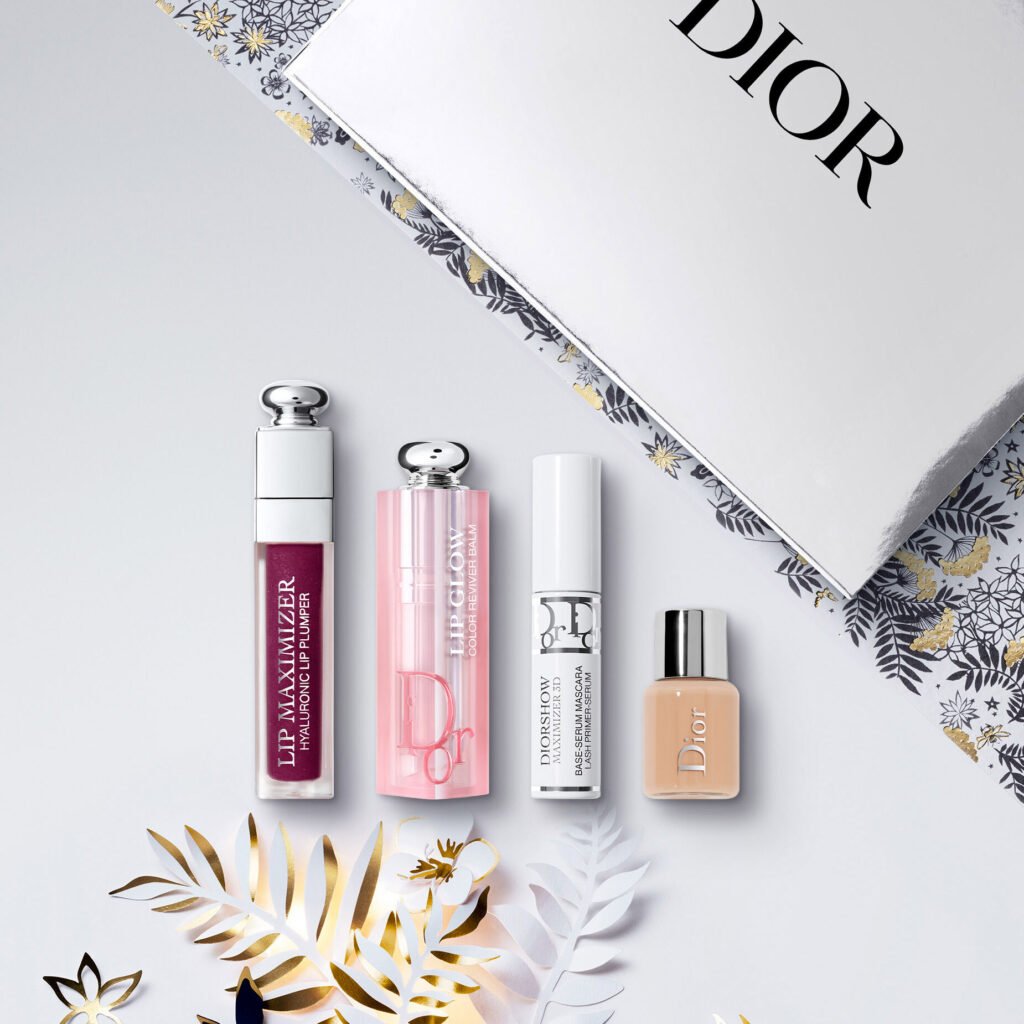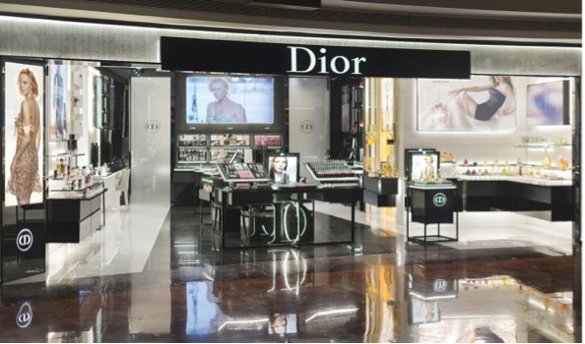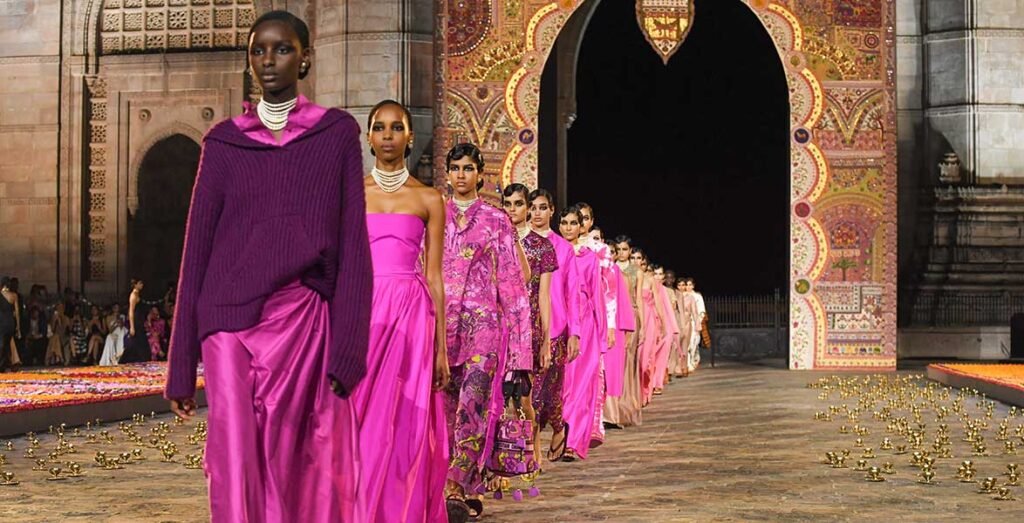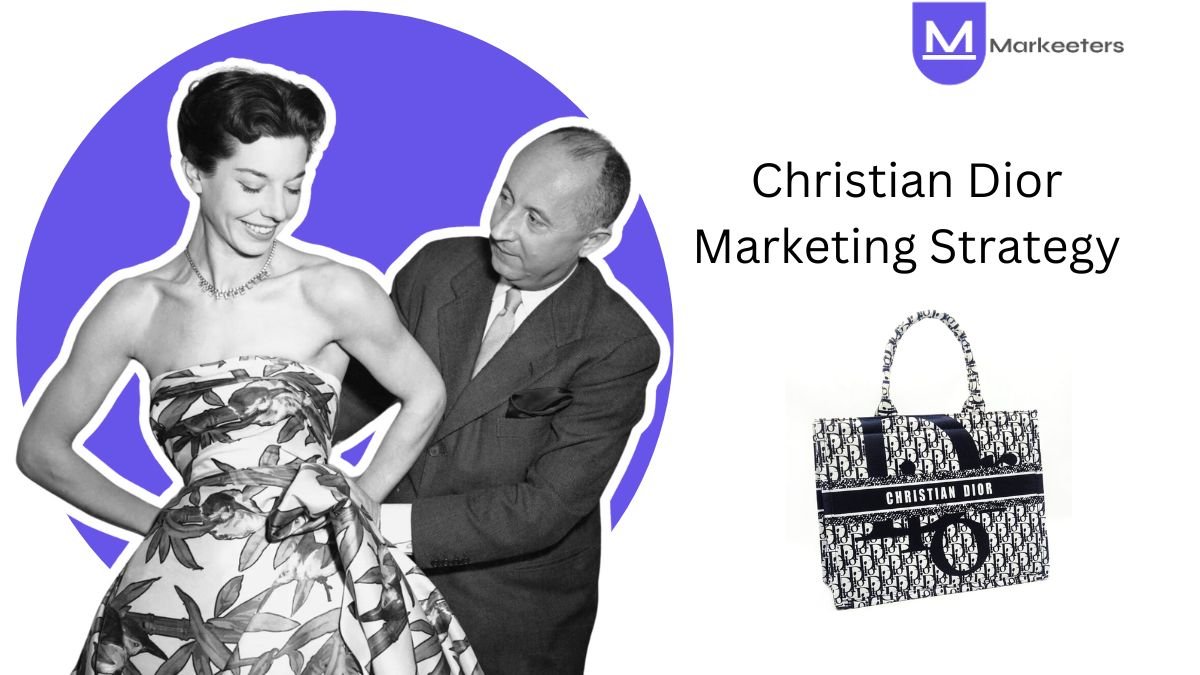In the realm of haute couture, Christian Dior isn’t just making fashion statements—they’re crafting marketing masterpieces. While other brands are still trying to figure out if the little black dress is in or out, Dior’s marketing team is playing 4D chess in stilettos. Let’s dive into the world where perfume meets persuasion, and handbags come with a side of hype.
Buckle up, fashion enthusiasts and marketing mavens—we’re about to decode the DNA of Christian Dior’s marketing strategy. And unlike their prices, this analysis comes free of charge!
Christian Diors’s Clientele: Fashion’s Finest
Understanding Christian Dior’s target audience is important to fully understand its marketing strategy. While the brand caters to a diverse range of consumers, its primary focus can be broken down into several key segments:
1. Affluent Fashion Enthusiasts
At the core of Dior’s target audience are wealthy individuals who have a deep appreciation for haute couture and luxury fashion. These consumers are typically aged 30-55, with high disposable incomes and a penchant for designer brands. They view fashion as an extension of their identity and are willing to invest in premium pieces that reflect their refined tastes.
2. Aspirational Luxury Consumers
Dior also targets aspirational consumers who may not have the means to regularly purchase haute couture but aspire to own a piece of the brand. This segment often includes younger professionals (25-35) who are building their careers and see Dior as a symbol of success and sophistication. They may start with accessories or fragrances before graduating to ready-to-wear items.
3. Fashion-forward Millennials and Gen Z
In recent years, Dior has made a concerted effort to appeal to younger generations. This includes fashion-conscious millennials and Gen Z consumers who are drawn to the brand’s blend of heritage and modernity. These customers are highly active on social media and value brands that align with their values and aesthetic preferences.
4. Global Luxury Shoppers
As an international brand, Dior targets affluent consumers worldwide, with a particular focus on key luxury markets such as Europe, North America, and Asia. The brand recognizes the importance of tailoring its approach to different cultural contexts while maintaining a consistent global image.
5. Celebrity and Influencer Market
Dior actively courts celebrities, influencers, and tastemakers who can serve as brand ambassadors and help shape public perception. This segment includes A-list actors, musicians, models, and social media personalities who embody the Dior aesthetic and lifestyle.
How Does Dior Dazzle?
To effectively reach its target audience, Christian Dior employs a carefully crafted marketing mix that encompasses the classic 4 Ps of marketing:
1. Product

Dior’s product range spans multiple categories, including:
- Haute Couture: The pinnacle of Dior’s offerings, featuring handcrafted, made-to-measure garments for the most discerning clients.
- Ready-to-Wear: Seasonal collections for men and women that bring haute couture aesthetics to a wider audience.
- Accessories: Including handbags, shoes, and jewelry that often serve as entry points for new customers.
- Beauty: A comprehensive range of makeup, skincare, and fragrances that extend the brand’s reach.
Dior’s product strategy focuses on maintaining the highest standards of quality and craftsmanship while continuously innovating to stay relevant in the ever-evolving fashion landscape.
2. Price
As a luxury brand, Dior’s pricing strategy is based on premium positioning. Prices range from relatively accessible (in the context of luxury) for beauty products to extremely exclusive for haute couture pieces. This tiered pricing approach allows Dior to maintain an aura of exclusivity for its most prestigious offerings, provide entry points for aspirational consumers through accessories and beauty products, and justify high prices through exceptional quality and brand prestige.
3. Place

Dior’s distribution strategy is carefully controlled to maintain brand exclusivity. The brand uses:
- Flagship Stores: Located in prime locations in major cities worldwide, these stores offer the full Dior experience.
- Boutiques: Smaller stores that are often found in high-end department stores or luxury shopping districts.
- E-commerce: Dior has embraced online sales while maintaining a sense of luxury through impeccable website design and customer service.
- Limited Wholesale: Selected products are available through carefully chosen luxury retailers and department stores.
4. Promotion
Dior’s promotional strategy is multifaceted and designed to reinforce the brand’s luxury positioning. This involves conducting fashion shows and celebrity endorsements to generate buzz and showcase new collections. Dior also spends on print advertising to spread in high-end fashion magazines and digital marketing.
Dior’s Marketing Strategies
While Dior’s marketing mix provides a solid foundation, it’s the brand’s innovative approaches that truly set it apart from competitors. Here are some of Christian Dior’s marketing strategies:
1. Storytelling Through Heritage
Dior expertly weaves its rich history into its modern marketing narrative. By consistently referencing its founder, iconic designs (like the New Look), and historical milestones, Dior creates a sense of timelessness and authenticity that resonates with luxury consumers. This strategy is evident in retrospective exhibitions showcasing the brand’s evolution and marketing campaigns that reinterpret classic designs for modern audiences.
2. Digital Innovation
While maintaining its traditional luxury appeal, Dior has been at the forefront of digital innovation in the fashion industry. Dior has experimented with VR experiences that allow customers to virtually attend fashion shows and explore atelier workrooms.
The brand has also launched AR features in its mobile app, enabling users to virtually try on makeup or accessories. Dior utilizes artificial intelligence to offer personalized product recommendations and enhance the online shopping experience.
3. Sustainability and Ethical Luxury
Dior recognizes the growing importance of sustainability to modern consumers and has integrated eco-friendly practices into its marketing strategy by highlighting the use of eco-friendly fabrics and production methods in collections. It also emphasizes responsible sourcing of materials, particularly for jewelry and accessories.
4. Collaborations and Limited Editions
Dior keeps its offerings fresh and exciting through strategic collaborations. This includes partnering with contemporary artists to create unique, collectible pieces and collaborations with other luxury brands or unexpected partners to create buzz. The brand creates scarcity and urgency through exclusive, time-limited releases.
One notable collaboration is with the Japanese artist Otani Workshop which resulted in a unique capsule collection featuring whimsical designs and character-covered pieces. This collaboration blends contemporary art with high fashion, showcasing Otani’s distinct style through Dior’s luxury lens.
5. Influencer Marketing with a Twist
While many luxury brands work with influencers, Dior takes a more nuanced approach. It partners up with niche influencers who have highly engaged, luxury-oriented followings and focuses on building sustained partnerships with influencers rather than one-off promotions. Dior also offers influencers and their followers exclusive glimpses into the world of Dior.
6. Immersive Brand Experiences
Dior goes beyond traditional retail to create memorable, shareable experiences. It does this by setting up pop-up stores that showcase new collections in innovative, Instagram-worthy settings and large-scale exhibitions that celebrate Dior’s history and artistry.
7. Localization with Global Consistency

While maintaining a cohesive global brand image, Dior skillfully adapts its marketing to local markets. It involves:
- Cultural Collaborations: This involves partnering with local artists or incorporating regional motifs into designs.
- Tailored Campaigns: This means creating market-specific advertising that resonates with local consumers.
- Exclusive Regional Products: Developing limited-edition items for specific markets.
8. Leveraging User-Generated Content
Dior encourages and amplifies content created by its customers through:
- Social Media Challenges: The brand launches hashtag campaigns that inspire users to create and share Dior-related content.
- Customer Spotlights: Dior features real customers and their Dior pieces in marketing materials.
- Interactive Digital Platforms: This involves creating online spaces where Dior enthusiasts can share their style and connect with the brand.
Conclusion
As we bid adieu to our deep dive into the dazzling world of Christian Dior’s marketing strategy, one thing is crystal clear: Dior’s marketing strategy will continue to evolve. It will continue to adapt to the changing preferences of younger luxury consumers, expand personalized marketing and customer experiences, and increase focus on sustainability and ethical luxury.
So, whether you’re a marketer seeking inspiration or a fashion enthusiast drooling over the latest collection, remember this—Dior isn’t just a brand; it’s an experience. And in the ever-evolving realm of fashion, Dior’s marketing strategy remains as iconic as its little black dress. Until next time, stay stylish, stay savvy, and keep dreaming Dior!
What is Dior’s approach to digital marketing?
Dior has a strong digital marketing strategy that uses social media, influencer partnerships, and digital content to engage with a global audience. The brand uses platforms like Instagram, YouTube, and Weibo to share visually compelling content, live stream fashion shows, and collaborate with influencers and celebrities who resonate with their target demographic. This approach helps Dior reach younger consumers and maintain its image as a forward-thinking luxury brand
How does Dior use celebrity endorsements in its marketing strategy?
Dior frequently collaborates with high-profile celebrities and brand ambassadors to enhance its brand image and appeal. Stars like Jennifer Lawrence, Charlize Theron, and K-pop idols such as Jisoo from BLACKPINK are often featured in Dior’s advertising campaigns. These endorsements not only attract attention but also help Dior tap into the fan bases of these celebrities.
What role do fashion shows play in Dior’s marketing strategy?
Fashion shows are a crucial aspect of Dior’s marketing strategy. They serve as major events that generate significant media coverage and social media buzz. Dior’s fashion shows, such as the Pre-Fall 2024 collection showcase at the Brooklyn Museum, are often held in culturally significant locations, which helps to reinforce the brand’s heritage and innovative spirit.



